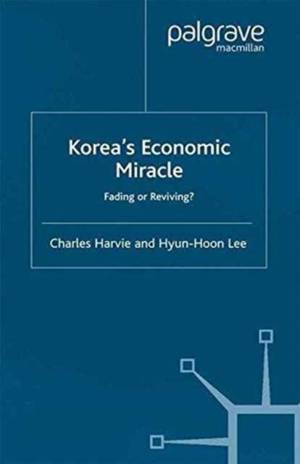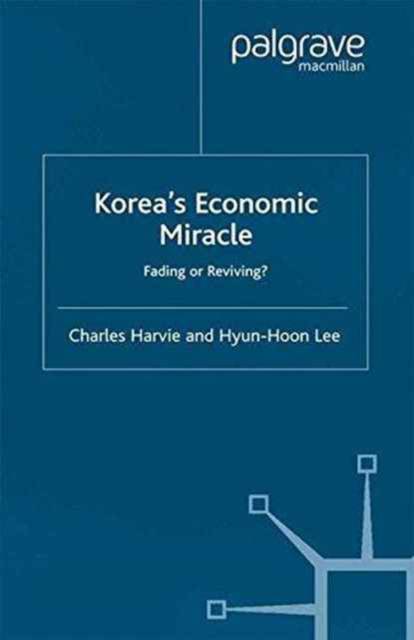
- Afhalen na 1 uur in een winkel met voorraad
- Gratis thuislevering in België vanaf € 30
- Ruim aanbod met 7 miljoen producten
- Afhalen na 1 uur in een winkel met voorraad
- Gratis thuislevering in België vanaf € 30
- Ruim aanbod met 7 miljoen producten
Zoeken
€ 153,95
+ 307 punten
Uitvoering
Omschrijving
Korea, one of the original 'Tiger Economies', experiences a traumatic and largely unanticipated economic crisis in 1997-98 from which the country is still recovering. Despite having achieved spectacular economic advances from the early 1960s, the crisis laid bare numerous structural, economic and policy weaknesses. Charles Harvie and Hyun-Hoon Lee chronicle and analyze the key factors behind Korea's economic miracle from 1962-1989 and the causes that contributed to the economic downturn and ensuing crisis of 1997-98. Is the Korean economy still fading or is its revival underway? As the country undertakes a series of recovery measures, the authors consider the importance of the ongoing restructuring efforts in the corporate and banking sectors, the development of the 'new economy; and the potential economic advantages to be derived from reunification with the North.
Specificaties
Betrokkenen
- Auteur(s):
- Uitgeverij:
Inhoud
- Aantal bladzijden:
- 243
- Taal:
- Engels
Eigenschappen
- Productcode (EAN):
- 9781349425167
- Verschijningsdatum:
- 1/01/2003
- Uitvoering:
- Paperback
- Formaat:
- Trade paperback (VS)
- Afmetingen:
- 140 mm x 216 mm
- Gewicht:
- 331 g

Alleen bij Standaard Boekhandel
+ 307 punten op je klantenkaart van Standaard Boekhandel
Beoordelingen
We publiceren alleen reviews die voldoen aan de voorwaarden voor reviews. Bekijk onze voorwaarden voor reviews.











